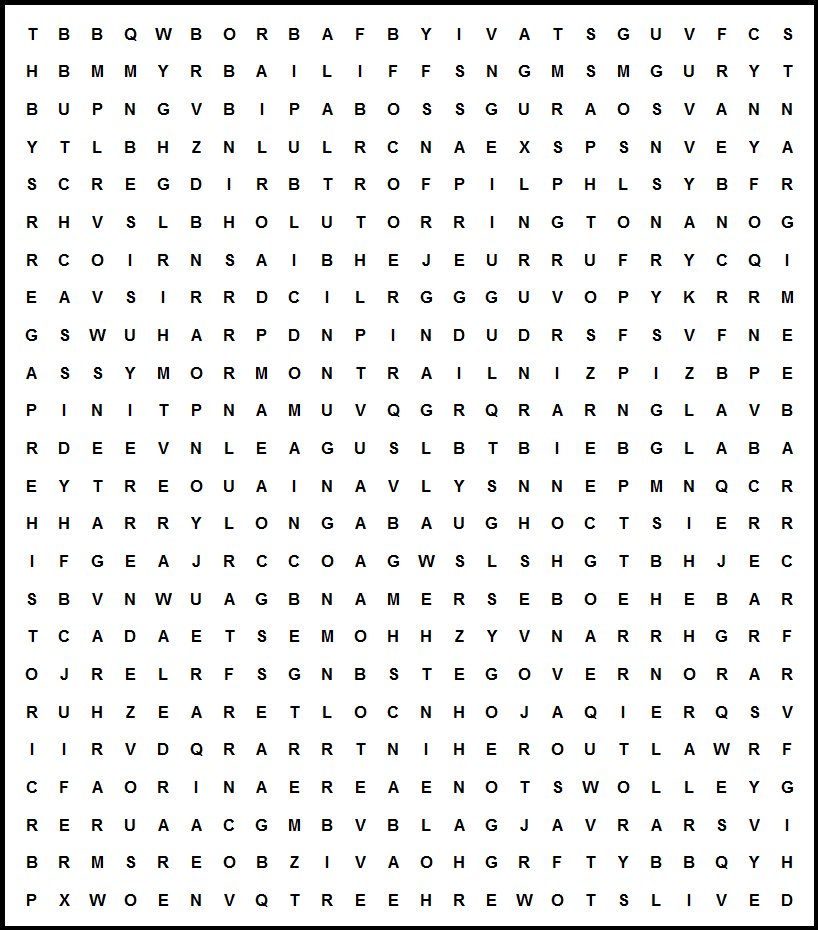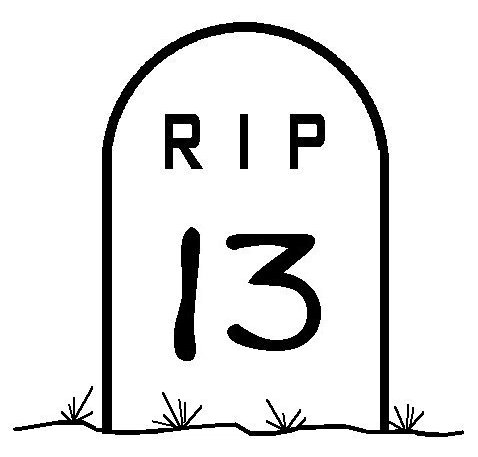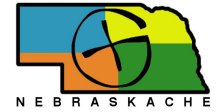
There is evidence of prehistoric human habitation in the region
known as Wyoming stretching back roughly 13,000 years. Stone
projectile points associated with the Clovis, Folsom and Plano
cultures have been discovered throughout Wyoming. In the Big Horn
Mountains there is a medicine wheel that was constructed between
800 and 900 years ago. It is believed that the Big Horn medicine
wheel is part of a larger complex of sites in northern Wyoming that
show 7000 years of human use.
John Colter, a member of the Lewis and Clark Expedition, was
probably the first white American to enter the region in 1807. His
reports of thermal activity in the Yellowstone area were considered
at the time to be fictional. Bridger also explored the Yellowstone
region and like Colter, most of his reports on that region of the
state were considered at the time to be tall tales. During the
early 19th century, mountain men flocked to the mountains of
western Wyoming in search of beaver. In 1824, the first mountain
man rendezvous was held in Wyoming.
Robert Stuart and a party of five men returning from Oregon
discovered South Pass in 1812. The route was later followed by the
Oregon Trail. In 1850, Jim Bridger located what is now known as
Bridger Pass, which was later used by both the Union Pacific
Railroad in 1868, and in the 20th century by Interstate 80. The
Oregon Trail was in regular use by traders and explorers by the
early 1830s. The trail snakes across Wyoming, entering the state on
the eastern border near the present day town of Torrington
following the North Platte River to the current town of Casper. It
then crosses South Pass, and exits on the western side of the state
near Cokeville. In 1847, Mormon emigrants blazed the Mormon Trail,
which mirrors the Oregon Trail, but splits off at South Pass and
continues south to Fort Bridger and into Utah. Over 350,000
emigrants followed these trails to destinations in Utah, California
and Oregon between 1840 and 1859. In 1863, gold was discovered in
Montana, drawing miners north along the Bozeman and Bridger trails
through the Powder River Country and Big Horn Basin
respectively.
The influx of emigrants and settlers into the state lead to more
encounters with Native Americans, resulting in an increase of
military presence along the trails. Military posts such as Fort
Laramie were established to maintain order in the area. In 1851,
the first Treaty of Fort Laramie was signed between the United
States and representatives of Native American nations to ensure
peace and the safety of settlers on the trails.
In 1869, Wyoming was the first territory to give women the right
to vote. Wyoming was also the home of many other firsts for U.S.
women in politics. For the first time, women served on a jury
(Laramie in 1870). Wyoming had the first female court bailiff (Mary
Atkinson, Laramie, in 1870) and the first female justice of the
peace in the country (Esther Hobart Morris, South Pass City, in
1870). Wyoming became the first state in the Union to elect a
female governor, Nellie Tayloe Ross, who was elected in 1924 and
took office in January 1925.
Following on the reports of men like Colter and Bridger, a
number of organized expeditions were undertaken in northwestern
Wyoming. The Cook–Folsom–Peterson Expedition in 1869
and the Washburn-Langford-Doane Expedition in 1870 confirmed the
stories of the mountain men. In 1871, Ferdinand Vandeveer Hayden
lead a formal survey of the area, the result of which ultimately
convinced Congress to set aside the region. Yellowstone National
Park became the world's first National Park in 1872. Most of the
territory that comprises Yellowstone National Park is located in
Wyoming. Wyoming is also home to the nation's first national
monument (Devils Tower created in 1906), and the first national
forest (Shoshone National Forest created in 1891).
The Homestead Act of 1862 attracted many new farmers and
ranchers to Wyoming. Most of the land in Wyoming in the 2nd half of
the 19th century was in the public domain and so was open for both
homesteading and open range for grazing cattle. As individual
ranchers moved into the state, they became at odds with the larger
ranches for control of the range and water sources. An armed
conflict known as the Johnson County War was fought between the
large cattle operators and smaller ranchers and homesteaders in
April 1892. The increased number of settlers also brought with them
merchants, as well as outlaws. A number of notable outlaws of the
time started their careers in Wyoming, including Butch Cassidy and
Harry Longabaugh, both of whom were incarcerated in Wyoming as
young men. An remote area in Johnson County known as the
Hole-in-the-Wall was a well known hideout for a loose association
of outlaw gangs known as the Hole in the Wall Gang.
The Union Pacific Railroad reached the town of Cheyenne in 1867.
The railroad eventually spanned the entire state, boosting the
population, and creating some of Wyoming's largest cities, such as
Laramie, Rock Springs and Evanston. Along with the railroad came
the need for coal, which was discovered in quantity in the
southwestern part of the state, especially around Rock Springs. In
1885, a violent riot known as the Rock Springs Massacre broke out
between white and Chinese miners employed by the Union Pacific Coal
Company in Rock Springs.
After the arrival of the railroad, the population began to grow
steadily in the Wyoming Territory, which was established on July
25, 1868. The name "Wyoming" was made famous by the 1809 poem
Gertrude of Wyoming by Thomas Campbell. The name is derived from
the Delaware (Munsee) name meaning "at the big river flat",
originally applied to the Wyoming Valley in Pennsylvania. The name
was used by Representative J. M. Ashley of Ohio. The state
constitution was mostly borrowed from those of other states, but
also included an article making all the water in Wyoming property
of the state. Wyoming overcame the obstacles of low population and
of being the only territory in the U.S. giving women the right to
vote, and the United States admitted Wyoming into the Union as the
44th state on July 10, 1890.
Information about the history
of Wyoming gleaned from Wikipedia.
THE CACHE IS NOT AT THE
LISTED COORDINATES!
Instead you will find yourself at edge of State Trust Land. The
cache is not near this location, so you will need to solve the
puzzle below to find this cache. Forty one words (either single
words, phrases, or place names) from the text about the history of
Wyoming are hidden in the puzzle below. Seventeen of them consist
of two words or more in sequence, but obviously without the spaces.
Once you have all the words located, the left over letters--reading
left to right and top to bottom--will reveal an encrypted message
on how to find the cache. The encryption should be a common one.
Think about it and you will recognize its source.

At the locale of the final, there is plenty of room to park and
a walk over prairie terrain to the cache. There may be snakes, so
be alert. Please respect the area, practice stealth, enjoy the
history, CITO if needed, rehide it as you find it for the next
cacher to find, and please post no hints or spoilers. Thank you and
good luck.
Congratulations
"doglover3pups" : First to Find - July 15,
2010

